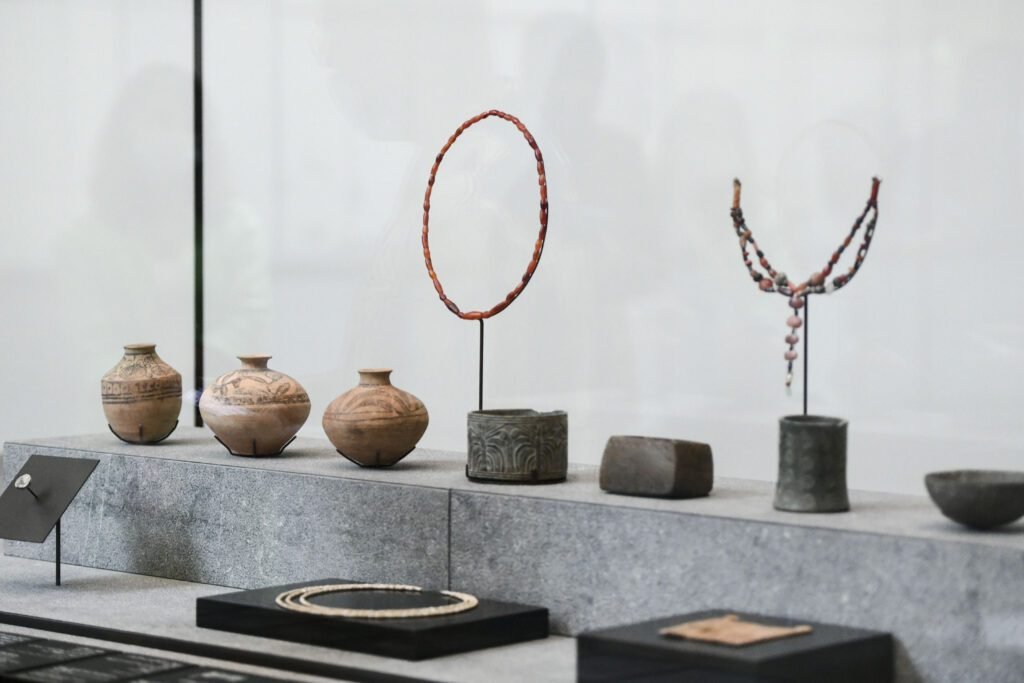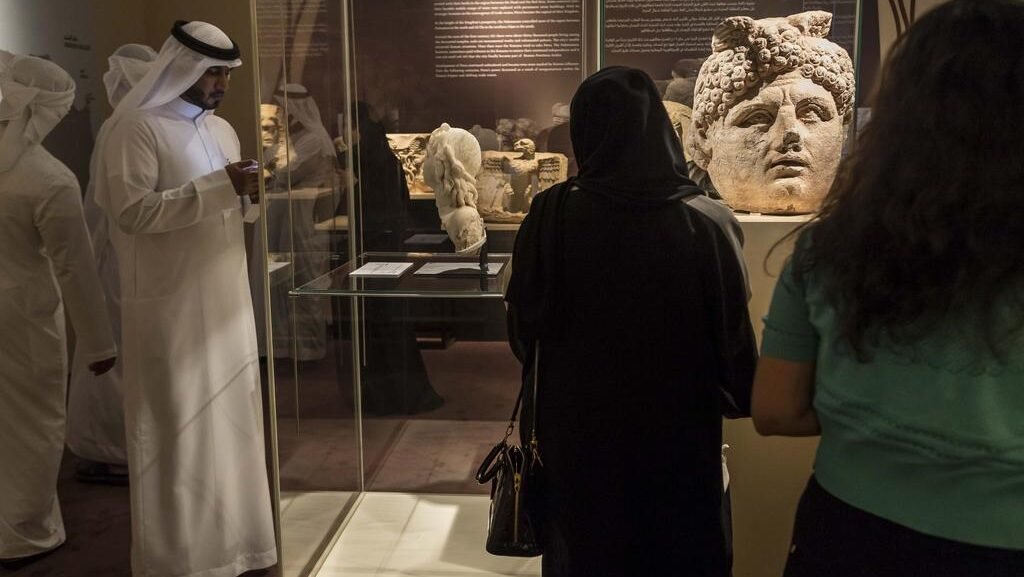In a major leap for cultural preservation, the UAE Museums Authority has announced that it has successfully digitized 90% of the country’s national artifacts. This move is part of a larger plan to protect the UAE’s rich history, make museum collections more accessible, and bring cultural treasures closer to the public.
The announcement was made during a recent press briefing, where the authority shared how the digitization process is helping shape the future of museums and cultural storytelling in the country.
Why Digitization Matters
The UAE is home to thousands of ancient and modern artifacts that tell stories of its long history—from the early days of Bedouin life to the rapid growth of its cities. These artifacts are fragile and can get damaged with time. Dust, moisture, and even light exposure can affect their condition.

By digitizing these items, the UAE Museums Authority is taking steps to ensure these valuable pieces of history are not only preserved for future generations but also shared with the world. Once digital, these artifacts can be viewed online, studied by experts, and included in virtual exhibitions.
This means even people who can’t visit a museum in person can still explore the UAE’s heritage from anywhere in the world.

A Technological Milestone
According to the authority, the digitization effort involves high-resolution photography, 3D scanning, and detailed documentation of each artifact. Every piece is carefully handled and scanned to capture its exact shape, texture, and features. Some rare items even go through special imaging methods to record hidden or faded details not visible to the human eye.

This entire process requires skilled professionals—from historians to technology experts—who work together to preserve the authenticity of each item.
The authority confirmed that more than 90% of the UAE’s known museum artifacts have now been digitized, which includes ancient pottery, traditional jewelry, manuscripts, weapons, tools, clothing, and religious texts. This progress makes the UAE one of the leading countries in the region in museum digitization.
Making Culture More Accessible
One of the biggest advantages of this project is how it opens up access to the UAE’s cultural heritage. In the past, museum collections were only visible to those who could physically visit. Now, with digitization, students, researchers, and tourists can explore these treasures from their smartphones or computers.
This approach also benefits schools and universities. Teachers can now use high-quality digital images of historical artifacts in their lessons. Students can interact with 3D models and learn more deeply about UAE history and culture.
Several museums are also planning to launch virtual tours using this digital content, offering an immersive and educational experience for both local and international audiences.
A Boost to National Identity
The UAE has always been proud of its heritage, and this digitization project strengthens that pride. The effort is more than just a technical upgrade—it’s about keeping stories alive.
Officials from the Museums Authority emphasized that every artifact tells a part of the UAE’s journey. Whether it’s a pearl-diving tool from the early 20th century or a centuries-old Quran manuscript, each piece contributes to a shared national memory. Digitization ensures that these stories are not forgotten and are instead celebrated and passed on.
This project also supports the UAE’s cultural goals under its national strategy, which focuses on innovation, sustainability, and inclusion.
International Recognition and Cooperation
The digitization project is already attracting international attention. Museum professionals from other countries have praised the UAE for investing in cutting-edge technology to preserve its heritage. Several regional and global partnerships are also in the works to share best practices and collaborate on cultural preservation efforts.
There’s also interest in creating joint digital exhibitions with museums in Europe, Asia, and the US, allowing the world to see the UAE’s history through a modern lens.

Protecting History in Times of Crisis
Another reason this project is so important is that digital backups provide a form of protection during emergencies. In times of war, natural disasters, or accidents, physical artifacts can be lost forever. But with digital records, there’s a secure way to keep the memory alive—even if the original item is gone.
The UAE’s initiative comes at a time when many countries are still struggling to preserve their collections. By moving ahead with digitization, the UAE is setting an example of how modern tools can work hand in hand with heritage preservation.
What’s Next for UAE Museums?
While 90% of the artifacts have been digitized, the work is far from over. The next step includes creating a public online platform where anyone can explore the digital collection. This platform will feature images, videos, audio guides, and interactive maps that offer a deeper understanding of each item.
Plans are also underway to use augmented reality (AR) and virtual reality (VR) in museums. These technologies will allow visitors to see ancient objects in their original settings or even witness re-creations of historical events.
In addition, the Museums Authority is considering launching training programs for young Emiratis who are interested in working in culture and heritage preservation. This will help grow the next generation of cultural experts who can continue the legacy of storytelling and protection.
A Bright Future for the Past
The UAE’s digital push shows that the country values both its future and its past. By using technology to care for ancient treasures, the nation is proving that innovation and tradition can go hand in hand.
The digitization of 90% of national artifacts is a remarkable achievement. It shows dedication to history, community, and progress—all at once. As the UAE continues to grow and lead in many areas, its cultural legacy will remain safe, visible, and celebrated for years to come.
Also read: Expo City Opens Doors to New Innovation School for Youth














